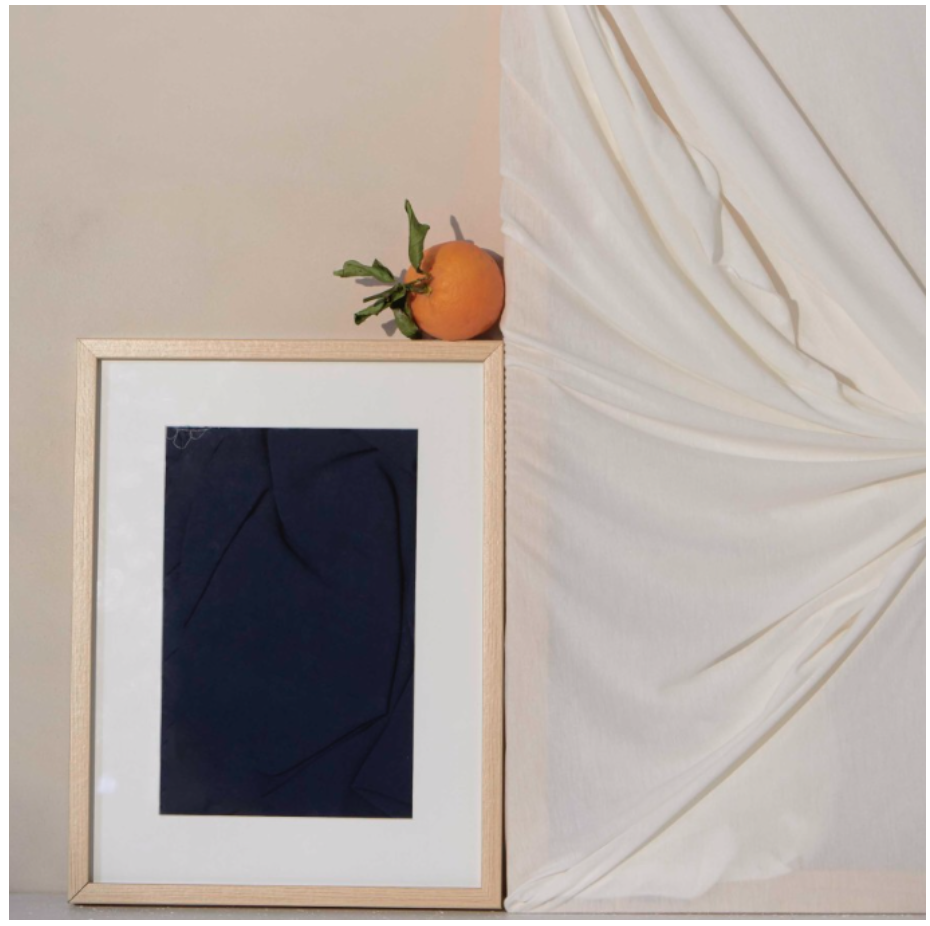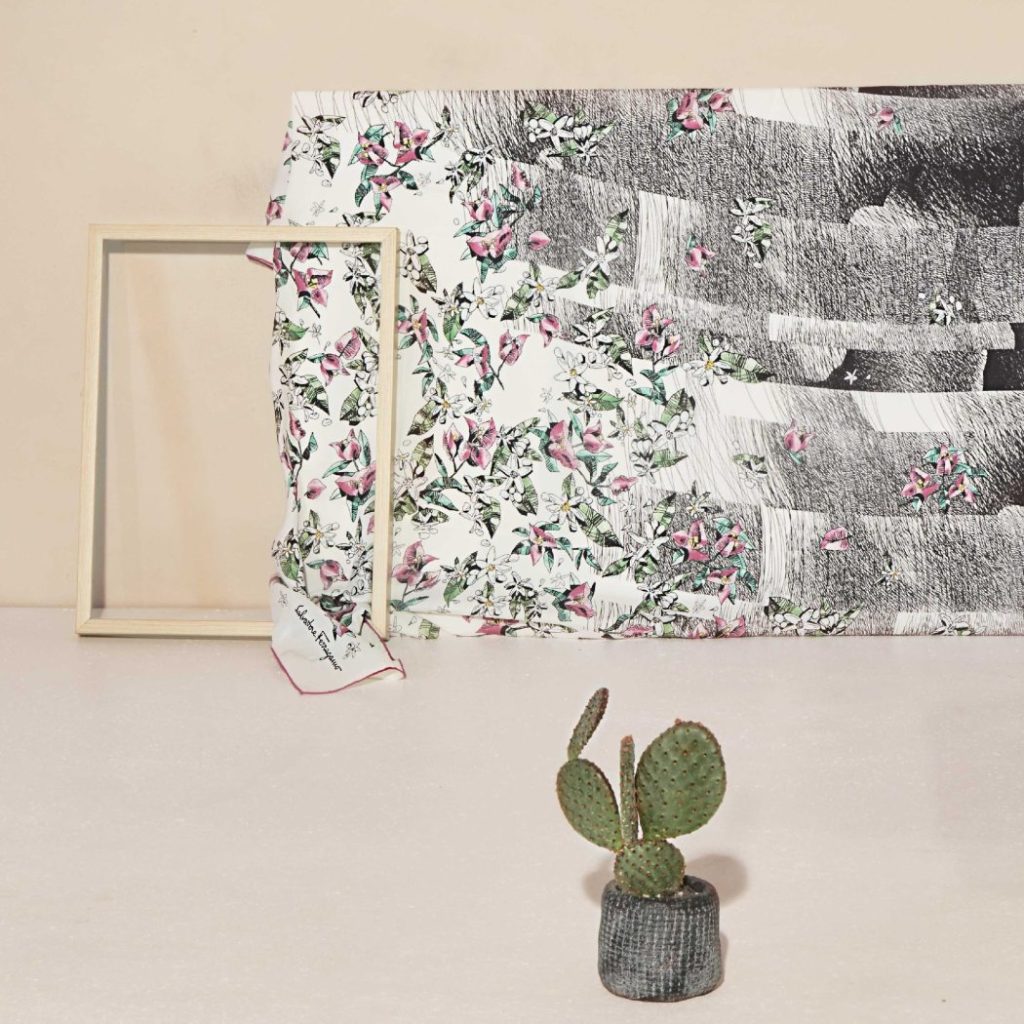-It takes 700 gallons of water to make one and only regular white T-shirt.
-In the US 12.8 tons of textile are dumped in landfills every year.
And the list goes on.
Textile is the one to blame for the fact that fashion is one of the most polluting industries. Fibres such as cotton but also synthetics such as polyester and viscose have a devastating environmental footprint on our forests, seas and air. Our thirst for consumerism has led to the explosion of fast fashion and the situation can only aggravate.
The question is, how can we replace such cheap and easily accessible textiles?
A quick google search is enough for you to discover a growing number of incredible start-ups with a passion for sustainability that could revolutionise fashion for the better.

“Biology is the future of fashion” is Algiknit’s logo, a start-up farming kelp (or seaweed), a durable yet biodegradable yarn that is 10 times stronger than bamboo. The Italian innovator Orange Fiber on the other hand, uses waste from orange juice production to make cellulose-based fibres. The high quality of their fibres made Salvatore Ferragamo one of their clients for the Ferragamo Orange Fiber capsule collection.
Ferragamo X Orange Fiber
However, organic fibers are not the only way around the issue. Why not reuse the fibers from the tons clothing waste we produce each year? A potential upcycling of materials would lead to a circular economy capturing USD500 billion.
This is one of the initiatives of Canopy a start-up aiming at finding business solutions to protect endangered forests. Leveraging on pulp facilities or using straw as viable fiber are some of their proposals. Moreover, their CanopyStyle project works in partnership with H&M, Patagonia and Levi’samong others to find innovations in textile upcycling: from in-store recycling programs to the reintegration into the supply chain through the use of recycled fibers for garments. This led to H&M’s new denim line being made with at least 20 percent recycled fabric while they have an ambitious agenda to dramatically increase the number of styles containing recycled fibers.
Another impressive company is Evrnu which upcycles garment waste in 4 steps. First the waste is collected and sorted. Then, it is purified and turned into pulp. Finally, they extract cellulose from the pulp and create fiber which is then spurn into yarn to make fabric. This process creates fiber thiner than silk and stronger than cotton: a dream material.
Finally, the ocean preservation movement Parley, has found another innovative solution. The idea is to create upcycled threads from marine plastic waste recovered from cleaning operations. This sums up to a target of 11 million plastic bottles transformed into thread for clothing. For this project, Parley teamed up with Adidas to create the UltraBOOST Uncaged Parley running shoe and T-shirts for the world-leading clubs Bayern Munich and Real Madrid.

All the extraordinary innovations mentioned cannot but leave one excited about the future of fashion. Yet, further exploration is necessary to see if and which of these new materials can be advantageous on a big scale – all in a profit driven industry.
For this dream to become a reality, the whole industry needs to work as a collaborative system: regulated, aligned and committed with evidence, innovation and transparency as drivers. Perhaps innovations such as the blockchain bringing transparency of the supply chain or accelerators such as Fashion for Good could hep coordinate these efforts and connect brands to small innovators like the ones mentioned above.
by Daphne Doukidis







